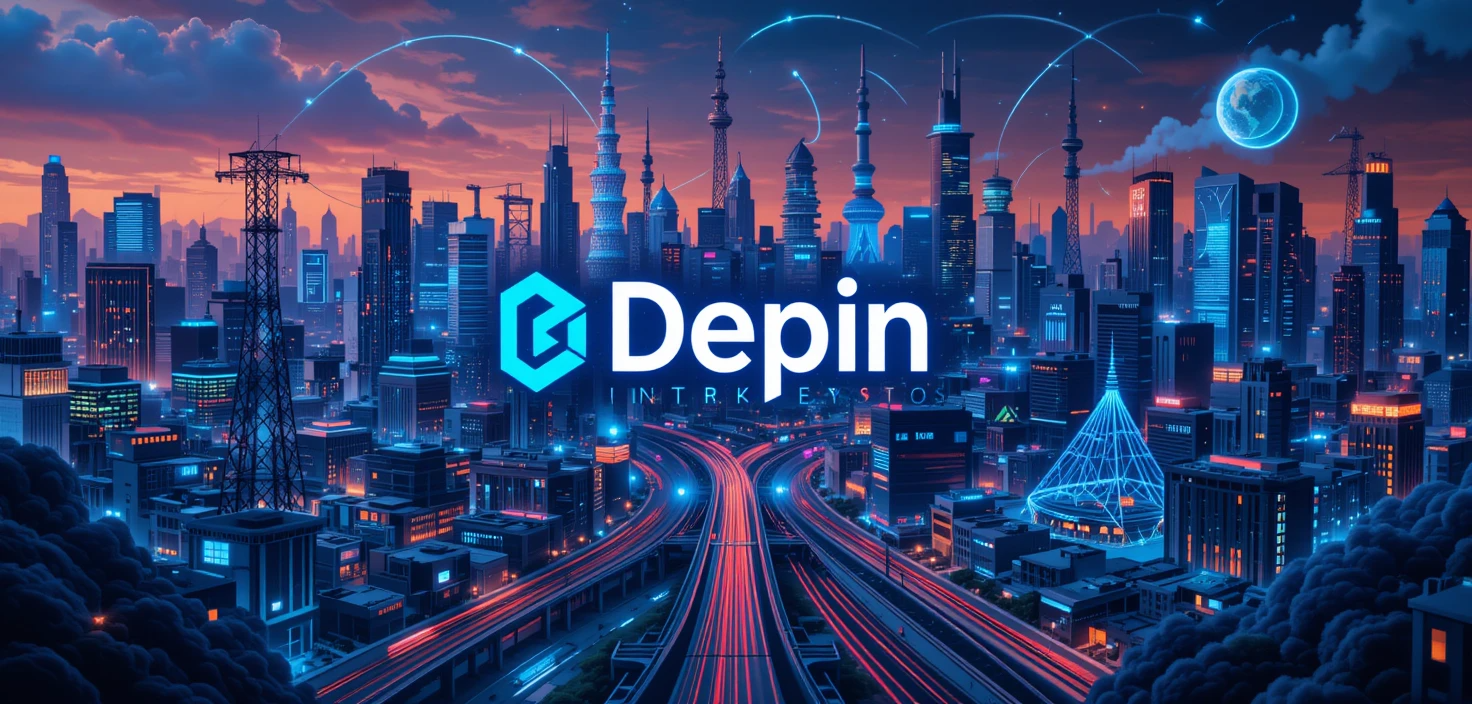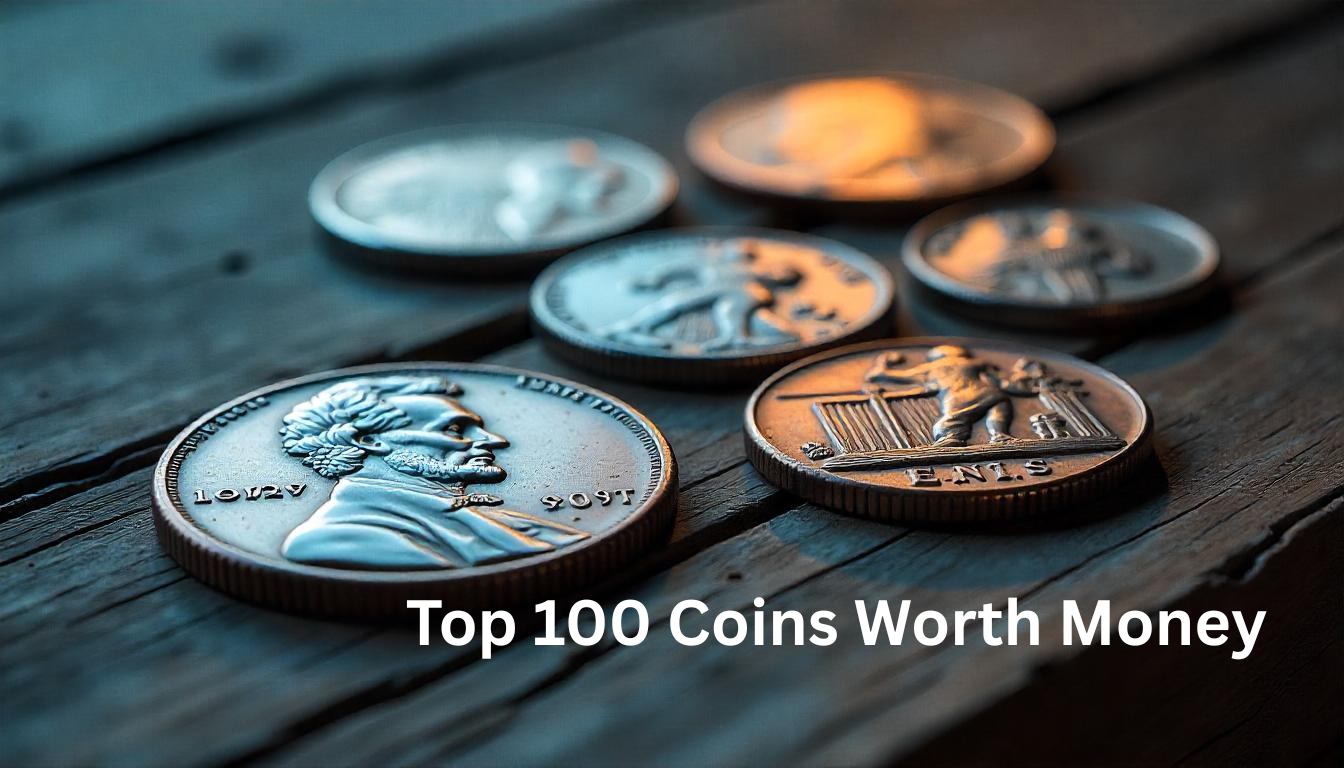Cryptocurrency has been taking the financial world by storm over the past decade, and with the rise of innovative technologies, a new term has emerged that might pique your interest: Depin Crypto. But what is Depin Crypto? If you’ve been wondering about this term and how it fits into the evolving landscape of digital assets, you’re in the right place.
In this blog post, we will break down everything you need to know about Depin Crypto—its definition, its unique features, and how it differs from traditional cryptocurrencies. We’ll also explore its potential impact on the broader crypto ecosystem and why it’s gaining so much attention. So, let’s dive in and explore what is Depin Crypto and why it could be the next big thing in digital currency.
Understanding Depin Crypto
Before we dive deeper, it’s essential to get a clear understanding of what is Depin Crypto. Depin Crypto is short for Decentralized Physical Infrastructure Networks (DePIN). It’s a relatively new concept in the crypto world, designed to leverage blockchain technology to build decentralized networks for physical infrastructure.
While traditional cryptocurrencies like Bitcoin and Ethereum focus primarily on digital assets, it is centered around creating decentralized networks that power physical infrastructures, such as:
- Telecommunications networks
- Internet of Things (IoT) devices
- Energy grids
- Transportation systems
This decentralized approach allows individuals and organizations to invest in and contribute to the development of physical infrastructure, without the need for a central authority. This is a fundamental shift from the traditional, centralized methods of managing infrastructure.
Key Features of Depin Crypto
Now that we have a basic understanding of what is Depin Crypto, let’s explore the key features that make it stand out from other cryptocurrencies.

Decentralization
One of the core principles of Depin Crypto is decentralization. Unlike traditional infrastructure models that central authorities control (like governments or large corporations), it networks decentralize. This means that individuals, rather than centralized entities, own and manage the physical infrastructure.
For example, in the case of a decentralized telecommunications network, anyone can contribute resources (like bandwidth) to the network, and in return, they earn cryptocurrency. This makes the network more accessible and democratic, enabling everyone to participate in the global economy.
Tokenization of Physical Assets
Another fascinating aspect of Depin Crypto is how it involves tokenizing physical infrastructure. Tokenization refers to the process of converting physical assets into digital tokens on a blockchain. With Depin Crypto, you can invest in physical assets, such as energy grids or telecommunications infrastructure, using tokens.
This tokenized model allows for the easy transfer and trade of ownership, simplifying what would otherwise be a complex and cumbersome process in the traditional world.
Incentive Mechanisms
It networks use incentive mechanisms to encourage individuals to contribute their resources or assets. For instance, users can earn cryptocurrency by providing services such as bandwidth, storage, or computing power to the network.
These incentives drive participation, ensuring that the network remains functional and grows over time. The more contributions individuals make to the network, the greater their share of the rewards.
Improved Security and Transparency
It leverages blockchain technology, known for its high levels of security and transparency. The system records every transaction on a public ledger, making it nearly impossible to tamper with the data. This ensures that the network remains secure and transparent, allowing users to trust that their contributions and rewards are handled fairly.
Examples of Depin Crypto in Action
Now that we understand the core features of Depin Crypto, let’s take a look at a few real-world examples of how this concept is being implemented.
Helium Network
One of the most well-known examples of Depin Crypto is the Helium Network. This network aims to create a decentralized wireless network that anyone can join by providing connectivity with their personal wireless routers. In return, participants earn Helium tokens, which they can trade or use within the ecosystem.
Helium is a prime example of how Depin Crypto changes how people build and maintain physical infrastructure. By allowing individuals to contribute to creating a global network, Helium empowers everyday people to play a role in building the future of connectivity.
PowerLedger
Another example is PowerLedger, a blockchain-based platform that focuses on decentralizing energy trading. With PowerLedger, users can trade renewable energy directly with one another without the need for a centralized power grid. This is a game-changer for the energy sector, as it enables individuals and businesses to manage and trade energy more efficiently.
PowerLedger’s use of blockchain technology ensures that transactions are transparent and secure, giving users full control over their energy consumption and trade.
Filecoin
Filecoin is a decentralized storage network that allows individuals to rent out unused storage space on their computers. By contributing their spare storage capacity, users earn Filecoin tokens, which can be used within the ecosystem or traded on exchanges.
Filecoin is an excellent example of how Depin Crypto can create decentralized networks for data storage, offering a more secure and cost-effective alternative to traditional cloud storage services.
Benefits of Depin Crypto
It offers several advantages that make it an attractive investment and development opportunity. Here are some of the key benefits:
Reduced Costs
Because Depin Crypto networks are decentralized, there is less need for middlemen, which can reduce costs associated with infrastructure development and maintenance. This cost savings can be passed on to consumers, making decentralized physical infrastructure more affordable.
Increased Accessibility
By removing the need for central authorities or large corporations, it allows more people to access and participate in infrastructure projects. This increased accessibility can lead to more innovation and development in sectors like telecommunications, energy, and transportation.
Fostering Innovation
It encourages innovation by allowing anyone to contribute resources or ideas to the network. This democratization of infrastructure development fosters creativity and leads to new solutions that may not have been possible with traditional, centralized models.
The Future of Depin Crypto
As we’ve seen, what is Depin Crypto is an exciting and transformative concept that holds great promise for the future. The ability to decentralize physical infrastructure networks opens up a world of possibilities, from creating new ways to manage energy grids to revolutionizing the telecommunications industry.

While Depin Crypto is still in its early stages, it’s clear that it has the potential to reshape the way we think about and interact with physical infrastructure. As more projects and platforms emerge, we can expect to see even more innovations that will further disrupt traditional industries.
Frequently Asked Questions
What is Depin Crypto?
Depin Crypto, or Decentralized Physical Infrastructure Networks (DePIN), is a concept that uses blockchain technology to create decentralized networks for physical infrastructure like telecommunications, energy grids, and IoT systems. It allows individuals to participate in and manage these networks, providing an alternative to centralized control by large corporations or governments.
How does Depin Crypto differ from traditional cryptocurrencies?
While traditional cryptocurrencies like Bitcoin focus on digital assets, it extends blockchain technology to physical infrastructure. It involves tokenizing physical assets and creating decentralized networks where individuals can contribute resources and earn rewards, such as bandwidth or storage.
What are some examples of Depin Crypto projects?
Projects like Helium Network, PowerLedger, and Filecoin are great examples of Depin Crypto in action. Helium focuses on decentralized wireless networks, PowerLedger facilitates decentralized energy trading, and Filecoin allows users to rent out their unused storage space in exchange for cryptocurrency.
How do I earn rewards with Depin Crypto?
You can earn rewards by contributing resources to a decentralized network. For example, in the case of Helium, you provide wireless connectivity using your own hardware and earn Helium tokens as a reward. Similarly, on Filecoin, you can earn tokens by offering your storage capacity.
Is Depin Crypto secure?
Yes, it is secure because it operates on blockchain technology. Blockchain ensures transparency, data integrity, and security, making it difficult to tamper with transactions or manipulate the network.
Can I invest in Depin Crypto projects?
Yes, you can invest in Depin Crypto projects by purchasing tokens associated with various decentralized infrastructure networks. Some projects allow you to directly contribute resources, while others may require you to buy tokens from exchanges or through initial coin offerings (ICOs).
What industries can benefit from Depin Crypto?
It has the potential to disrupt several industries, including telecommunications, energy, transportation, and data storage. By decentralizing these sectors, it can reduce costs, improve efficiency, and democratize access to infrastructure.
How does tokenization work in Depin Crypto?
Tokenization in Depin Crypto involves converting physical assets (like bandwidth, storage, or computing power) into digital tokens on the blockchain. These tokens can then be traded, sold, or used to access services within the network, creating a more efficient way to manage and exchange value.
What are the benefits of decentralized infrastructure?
Decentralized infrastructure offers several benefits, including reduced costs by eliminating middlemen, increased accessibility for individuals, and improved security and transparency. It also fosters innovation by allowing anyone to contribute resources or ideas to the network.
Conclusion
So, what is Depin Crypto? It’s a revolutionary approach to decentralizing physical infrastructure using blockchain technology. By giving individuals the chance to participate in decentralized networks, it’s paving the way for a more accessible, affordable, and secure future.
Are you ready to dive into the world of decentralized infrastructure? Start by researching projects like Helium, PowerLedger, and Filecoin, which are reshaping industries and leading the charge toward the future of infrastructure. The possibilities are endless, and the time to act is now.
If you’re looking to stay ahead in the crypto space, don’t miss out on emerging platforms that promise exciting developments. Keep an eye on the latest trends—you could be part of the next big breakthrough in the crypto ecosystem.






